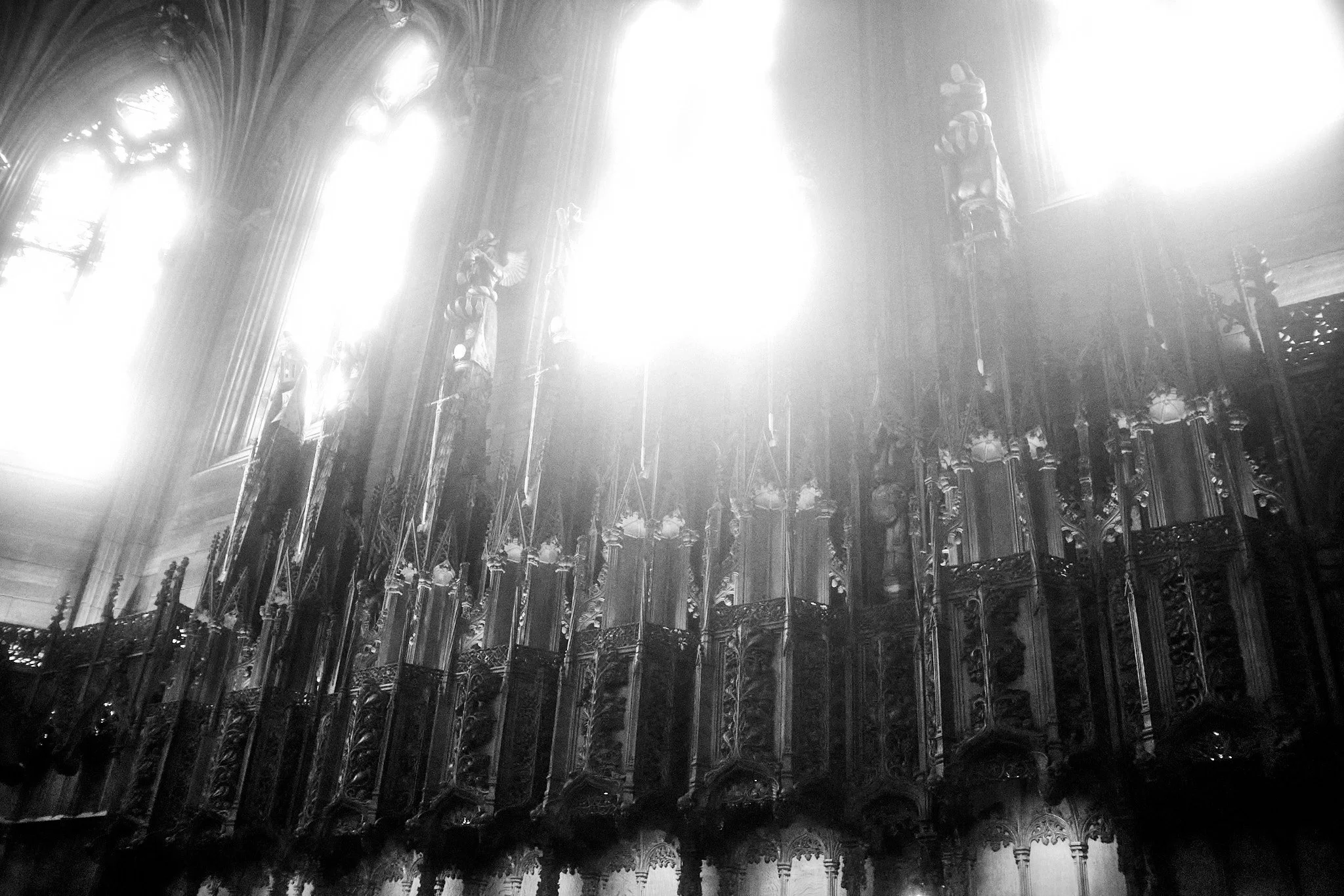Photography is derived from both physics and chemistry
The origins of photography is a subject that any classically trained photographer has at least some exposure to. Less so now than prior to 2006 and the transition to digital photography, every photography school, whether they referred to themselves as an art school or a craft school, taught beginning students how to develop a roll of film and a print; also that photography was invented in approximately 1839 when Sir John Herschel happened to mention to Fox Talbot that he had come across a chemical solution - hypo, he called it - that would fix Talbot's pictures.
However, the history is never so simple, or apocryphal, as the stories we are told . Today, I came across a link to a PDF book copy of "Photography" published by C.E. Kenneth Mees during 1937. The book can be found here: MEES. (maintained by Tundraware.com
Mees presents a more detailed history of silver compounds and nitric acid which are the basics of developing images and fixing them on paper. "The first clear record we have, however, is that in 1727 a German physician named Schultze was experimenting on the treatment of chalk with nitric acid." After noticing the white liquid turning black when exposed to light, Schultze filled bottles with the mixture and placed stencils around the bottles to create different shapes. Later, and I love this part of the story, a Swedish chemist would coat paper with a layer of silver chloride and expose it to the spectrum created by a prism. He found that the ultraviolet end of the spectrum would darken the paper more quickly than the infrared end of the spectrum. During 1802, Thomas Wedgwood was creating prints on paper through painted glass! Wedgwood and Sir Humphry Davy would publish a paper that year entitled, "An Account of a Method of Copying Paintings upon Nitrate of Silver." They were 1 small step away from fixing an image created by light on paper 35 years before Fox Talbot!
Mees' history of photography is a very interesting read for those interested in the chemical origins and processes of photography during the first 100 years of the medium.
St Giles Cathedral, Edinburgh

